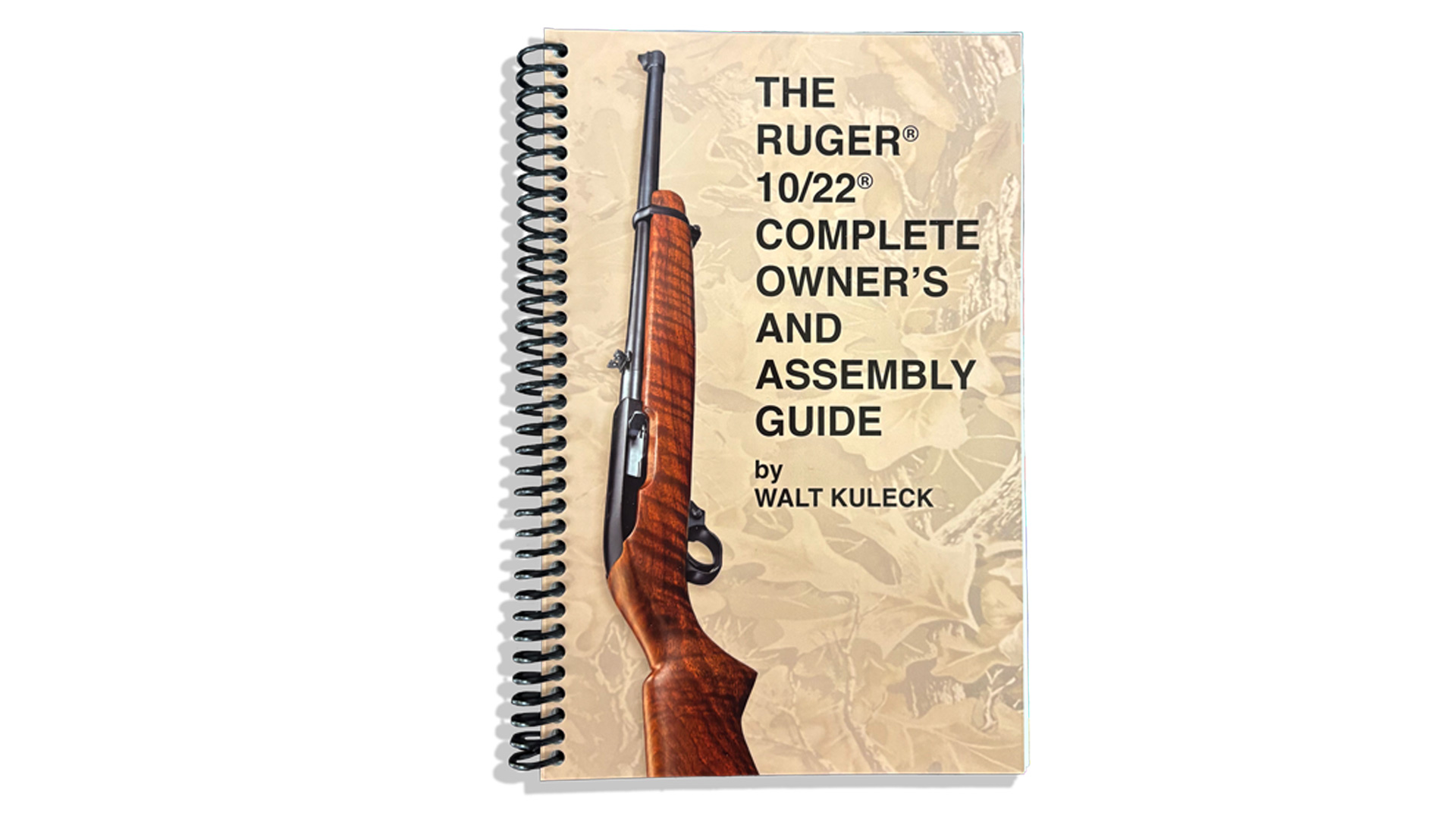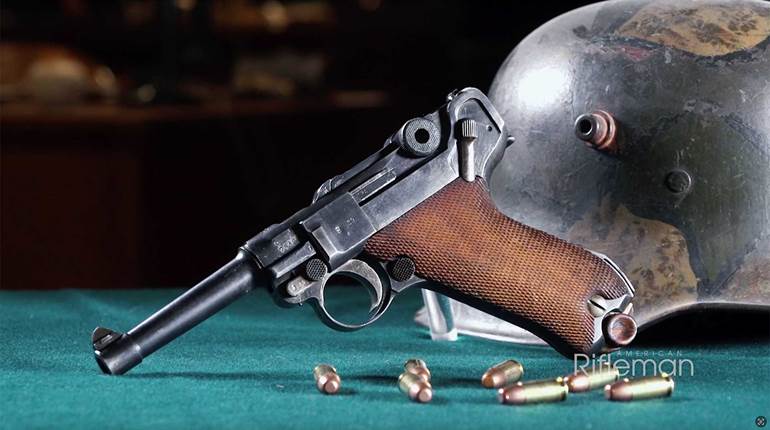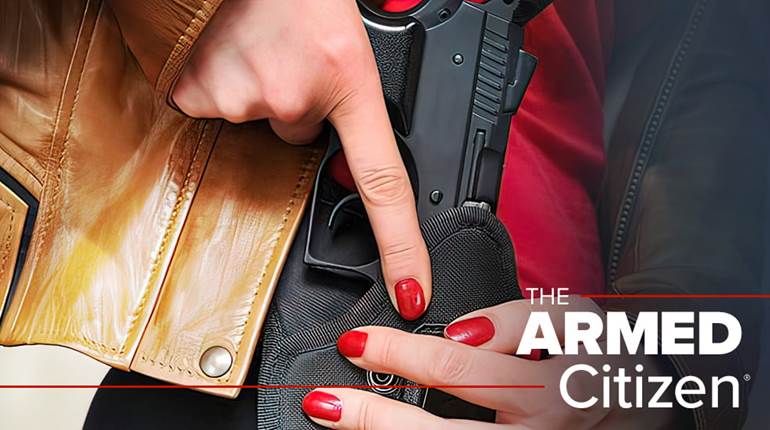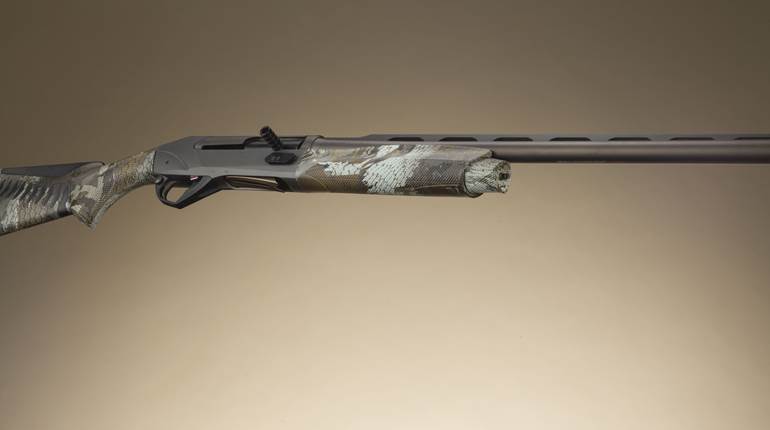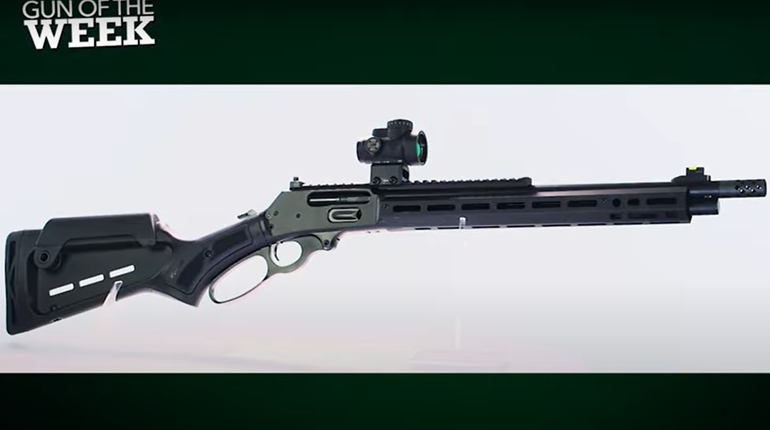
Perhaps no law enforcement agency is as respected for its work in firearm training and ballistic research than the Federal Bureau of Investigation. The FBI’s testing protocol for firearms and ammunition are considered to be the standard for determining performance, and when the Bureau selects new equipment for issue to its field agents, well, where the FBI goes, much of the American law enforcement market follows.
Agents are also held to a fairly high standard of marksmanship, and qualification courses have been refined over decades to better reflect the skills required in real-world encounters with armed and dangerous adversaries. But the FBI’s advancement in all things ballistic was a long, sometimes slow, evolution during its 111-year history, a history well documented in Guns Of The FBI: A History Of The Bureau’s Firearms And Training by former FBI agent and American Rifleman contributor Bill Vanderpool. Vanderpool’s authority in the field is particularly relevant not only because of his 31-year career in law enforcement, but especially because of his time assigned to Quantico as a member of the FBI’s Firearms Training Unit, and his work with ammunition testing which led to the establishment of the FBI’s Ballistic Research Facility.
In Guns Of The FBI, Vanderpool traces the use of handguns and longarms by federal investigators from a time before the FBI right up to present day. Of particular interest to me was the evolution of handguns—the primary defensive tool of FBI agents and armed citizens, alike—based on ammunition. The history is rich and includes the dominant .38 Spl. and .357 Mag. revolvers, a foray into some excellent double-action/single-action automatics in 9 mm Luger, the 1986 Miami Shootout and the FBI’s 10 mm Auto response—leading to the ascendance of striker-fired .40 S&Ws—and finally a return to 9 mm Luger with the FBI’s newest pistols, the Glock 17M and 19M. Vanderpool even includes the FBI’s position paper detailing why the agency returned to the 9 mm Luger cartridge. In fact, the 351-pp. hardcover is replete with such documents, as well as photographs, manuals, diagrams and eight addendums, which add an astonishing level of depth and historical detail to the author’s engaging and encompassing narrative. Price: $60. Contact: Gun Digest Books; gundigeststore.com.












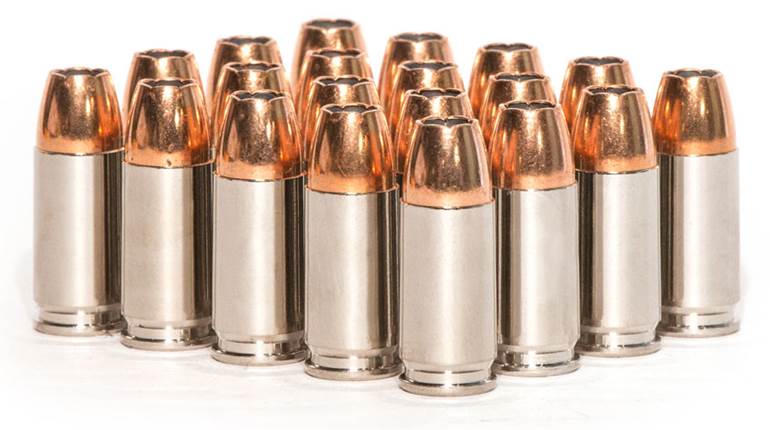
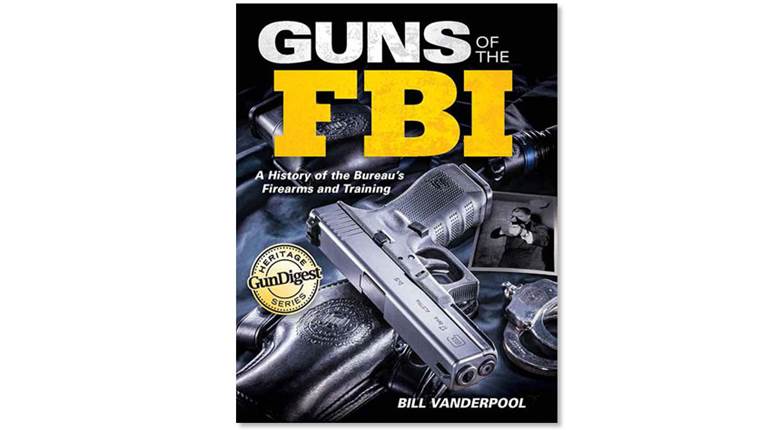
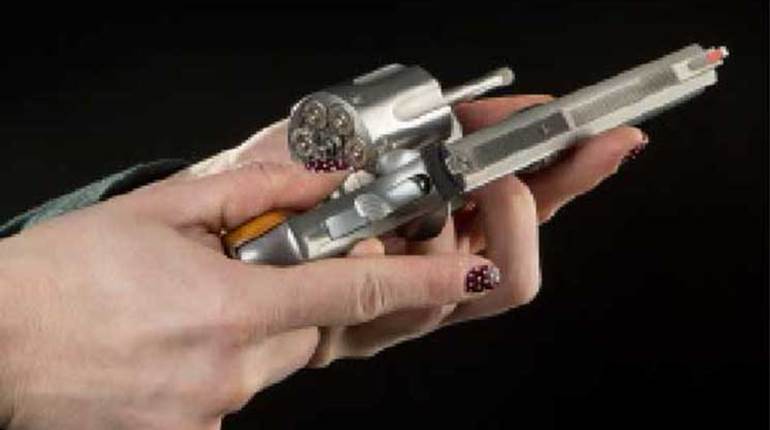
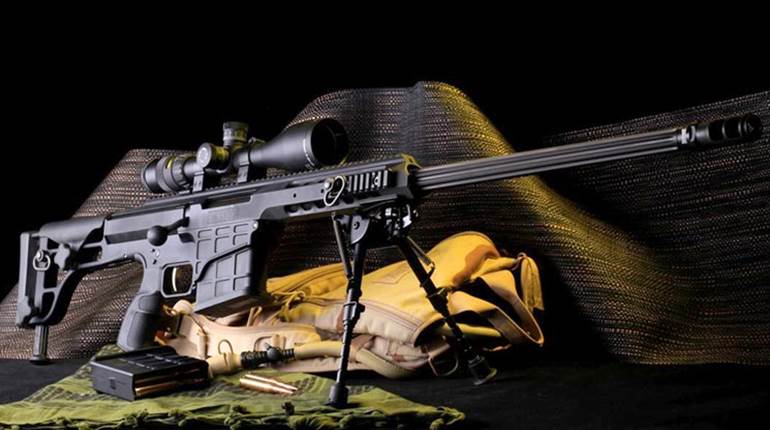


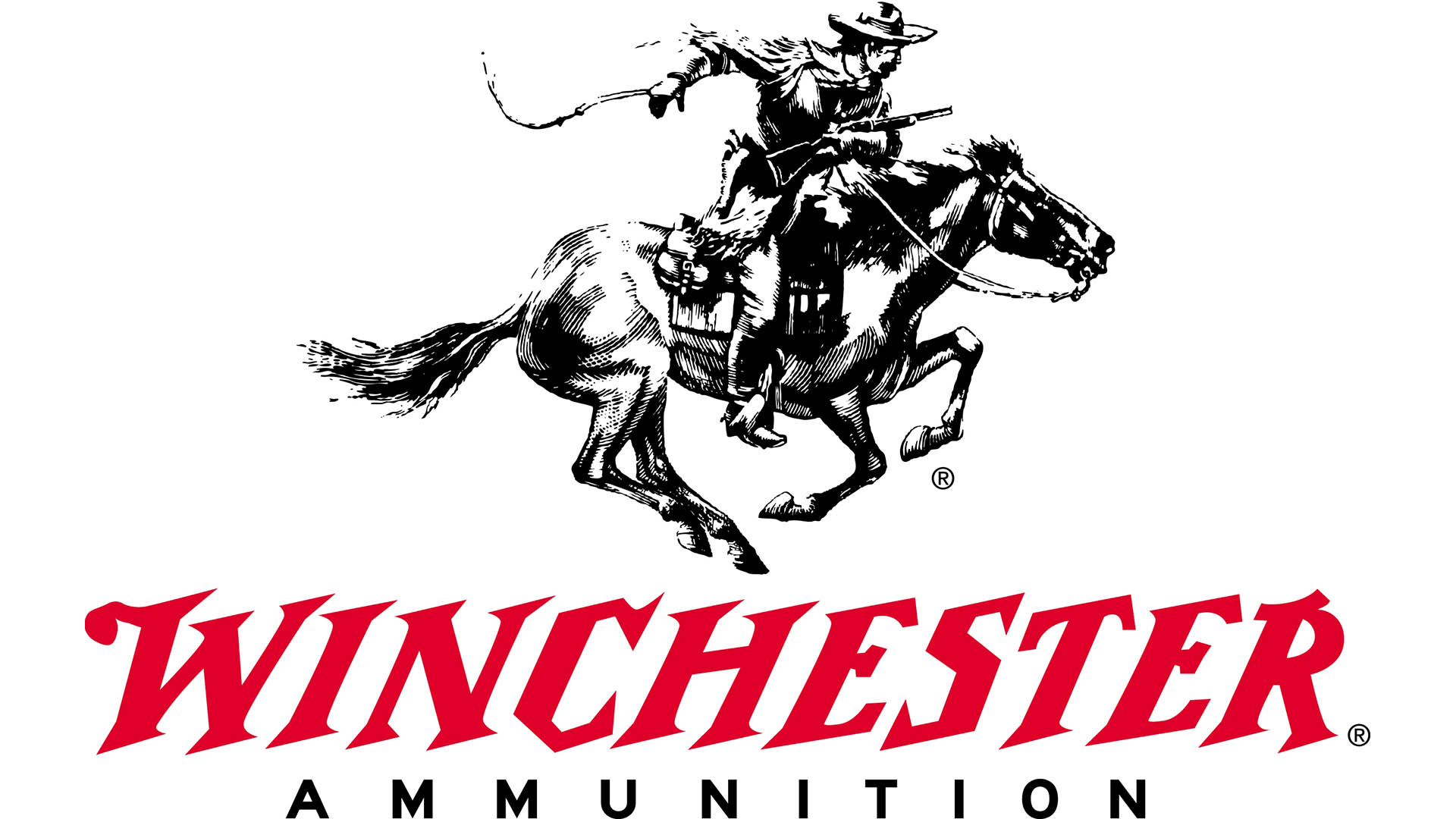

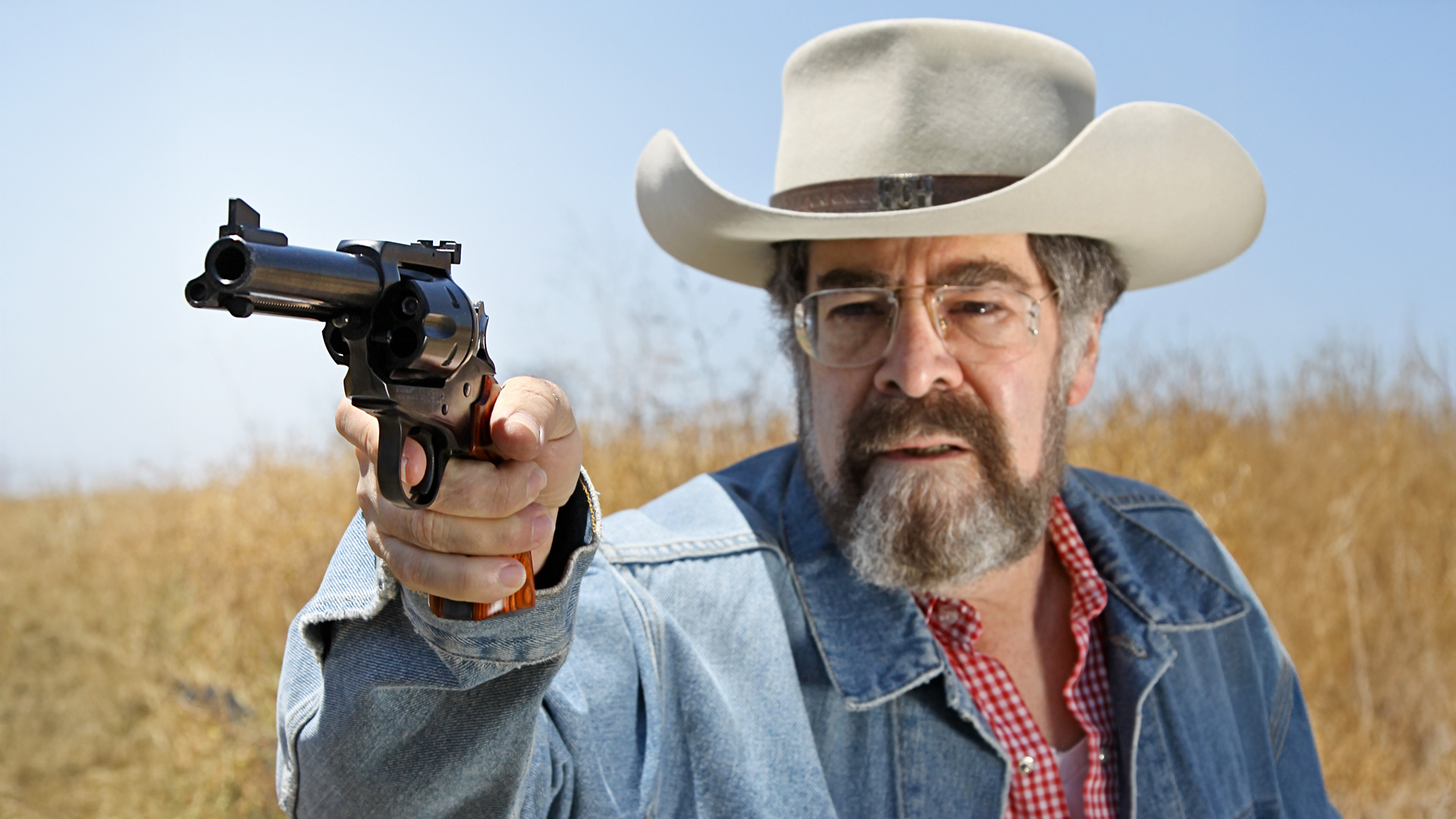

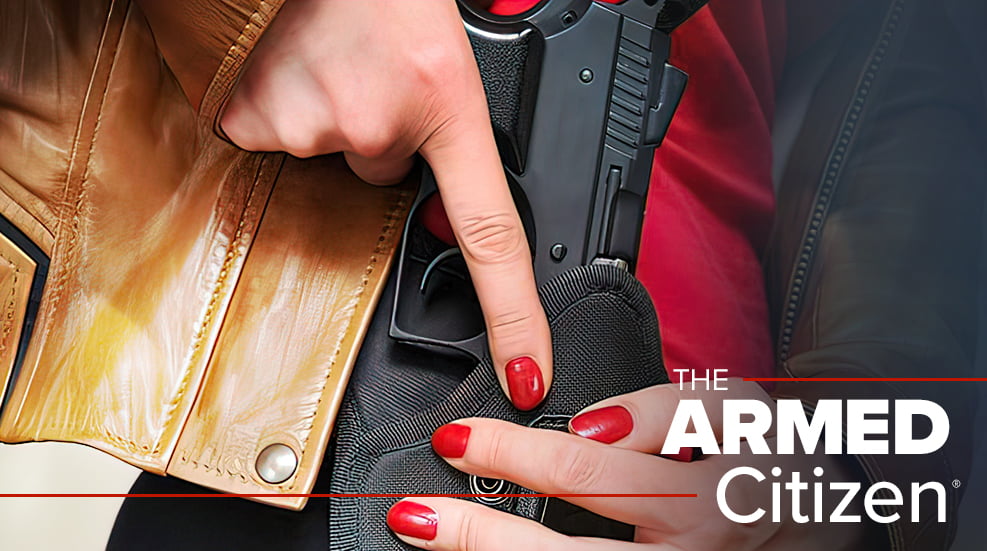
![Auto[47]](/media/121jogez/auto-47.jpg?anchor=center&mode=crop&width=770&height=430&rnd=134090788010670000&quality=60)
![Auto[47]](/media/121jogez/auto-47.jpg?anchor=center&mode=crop&width=150&height=150&rnd=134090788010670000&quality=60)

